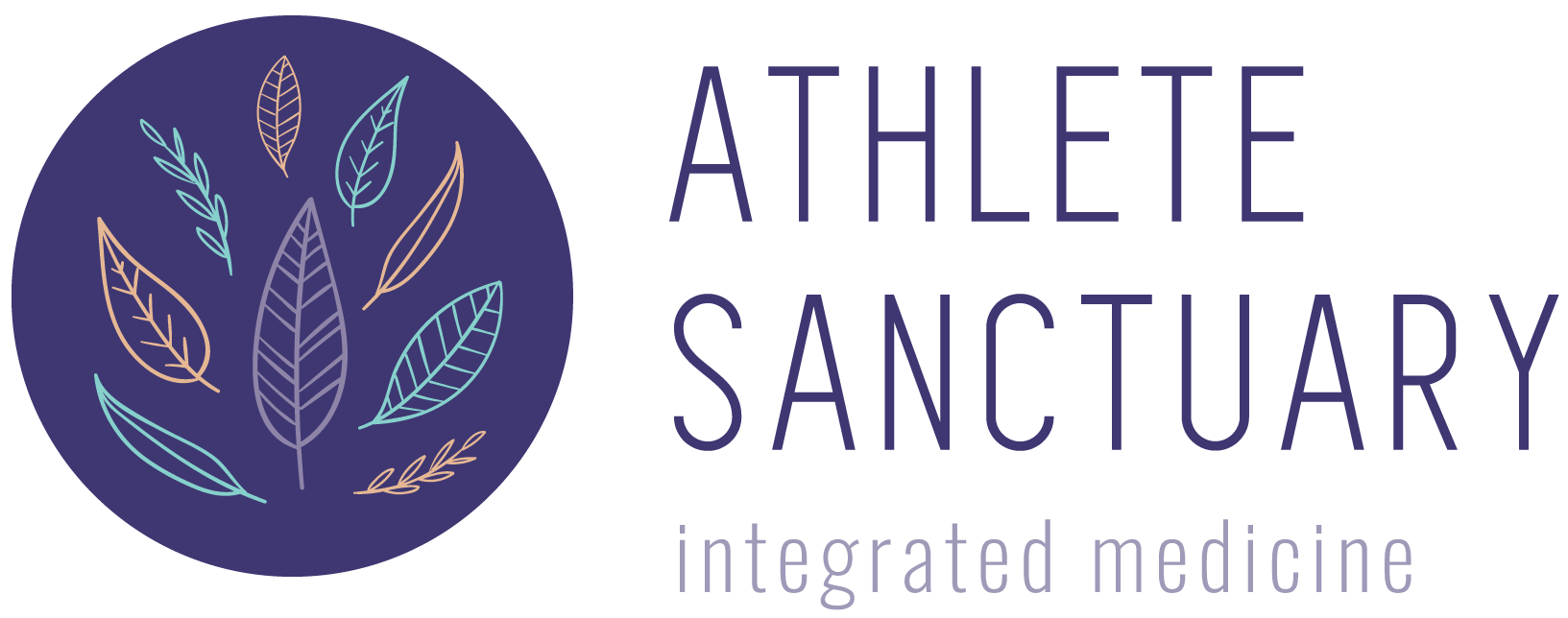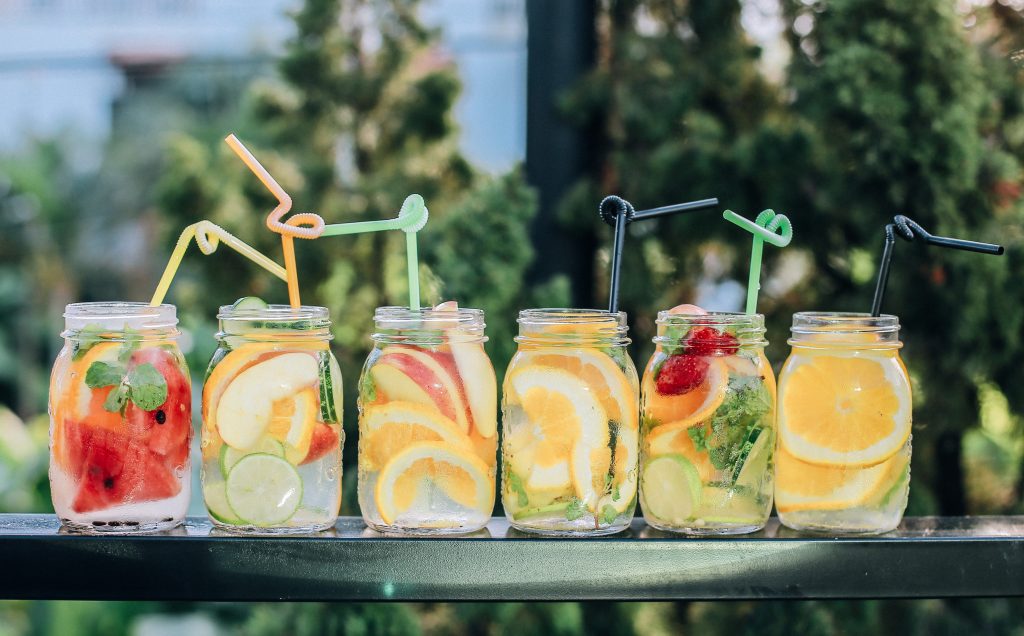Most athletes consider the balance of electrolytes when thinking about hydration and recovery, especially over endurance events. But are salt tablets and electrolytes really necessary?
Before we answer this question, let’s recap on electrolytes and the role they perform in the body.
Sodium is the key electrolyte responsible for controlling extracellular fluid balance while potassium controls the fluid within the cells. Potassium also helps with muscle contraction and supports blood pressure. Electrolytes such as potassium can also impact iron absorption. Potassium (along with other nutrients such as zinc and B vitamins) is essential for hydrochloric acid (HCL) production in your stomach. Without adequate HCL a condition known as achlorhydria can develop where your ability to absorb dietary iron and the successful coordination of iron uptake, export, and iron storage as ferritin is reduced. This can lead to iron deficiency and anaemia as explained in this article.
Magnesium is well known for its role in nerve function, heartbeat regulation, energy metabolism and blood sugar stabilisation. Your muscles, brain and heart rely heavily on magnesium to do their job. As an electrolyte, magnesium sits both inside and outside cells and binds to water and interacts with other electrolytes. Calcium is well known for its role in bone health, heart and nerve function and less recognised as an electrolyte. Calcium sits within both intracellular and extracellular spaces. Other electrolytes include phosphates, chloride and bicarbonates.
Sodium and chloride are the two electrolytes lost in large quantities through sweat. The losses of these electrolytes are regulated in response to the balance of sodium consumed in the diet and recent sweat and urine losses.
So is the ingestion of electrolytes or salt tablets really necessary to enhance performance? Well yes and no. Confusing hey!
Why you should consider electrolytes.
Research suggests sodium added to drinks before exercise may improve the amount of that fluid retained, rather than lost through urination and potentially reduce the risk of dehydration. Sodium can also improve the flavour of drinks and encourage consumption when consumed during exercise. This could be handy in warmer conditions and when exercising for two or more hours. Sodium during exercise can also reduce the potential risk of developing hyponatraemia. It is suggested sodium can assist with fluid and carbohydrate absorption from the gut. If you are a heavy sweater with above average sodium loses (>1g/L) identified through sweat testing, then you may benefit from sodium ingestion during exercise if you are exercising for several hours.
The good news is that most sports drinks and gels contain sodium so it is unlikely the majority of athletes will need to take on additional electrolytes in the form of tablets. Ultra runners and ironman participants may be an exception to this rule.
Keep in mind the body has large stores of sodium that are released into the bloodstream as needed so it is unlikely you will ever run out of sodium unless severely dehydrated. The key reason why sodium is included in sports products is to balance out fluid intake and losses and maintain an appropriate osmolality, while improving the taste and increasing the palatability and consumption of the product, rather than preventing an actual sodium deficit.
And what about cramping?
Cramping is caused by multiple factors that can lead to changes in the nerves that control muscle contraction and muscle fatigue. Therefore, it is a little simplistic to suggest a single nutrient such as sodium or magnesium will prevent cramping. Further scientific research is required to give us clear guidance around cramp prevention. Many athletes do respond well to magnesium and a suitable hydration protocol.
Don’t forget you can also obtain electrolytes through wholefoods nutrition.
- Sodium is easily found in most processed foods such as crackers, sardines, smoked foods, pickled foods, roasted seeds and nuts, cheeses, table salt and sauces.
- Magnesium is found in pumpkin seeds, chia seeds, almonds, spinach, cashews, black beans, peanuts, oats, brown rice, and yogurt.
- Potassium-rich foods include potatoes, sweet potato, dried apricots, and raisins, beans lentils, spinach, broccoli, avocado and bananas.
So before you reach for more artificial sports products consider if this is really necessary and if there are alternative ways you can provide your body with the electrolytes it requires.
Need specific guidance? We would be delighted to help.
About the Author: Kate Smyth is a Sports naturopath, nutritionist and female-centric running coach. She is the founder of the Athlete Sanctuary- a holistic healthcare clinic for athletes of all levels and sporting codes. Kate has a thirst for knowledge with two bachelor’s and a Master’s degree under her belt. She has been involved in sports for many decades and competed for Australia in the Commonwealth Games and Olympic Games marathons with a personal best time of 2 hours 28 minutes. For more information visit www.athletesanctuary.com.au
References
Miller KC. et al. An Evidence-Based Review of the Pathophysiology, Treatment, and Prevention of Exercise-Associated Muscle Cramps. J Athl Train. 2022; 57(1):5-15.
Lau WY. et al. Water intake after dehydration makes muscles more susceptible to cramp but electrolytes reverse that effect. BMJ Open Sport Exerc Med. 2019; 5(1):e000478.
Maughan RJ. & Shirreffs SM. Muscle Cramping During Exercise: Causes, Solutions, and Questions Remaining. Sports Med.2019; 49(Suppl2):115-124.



